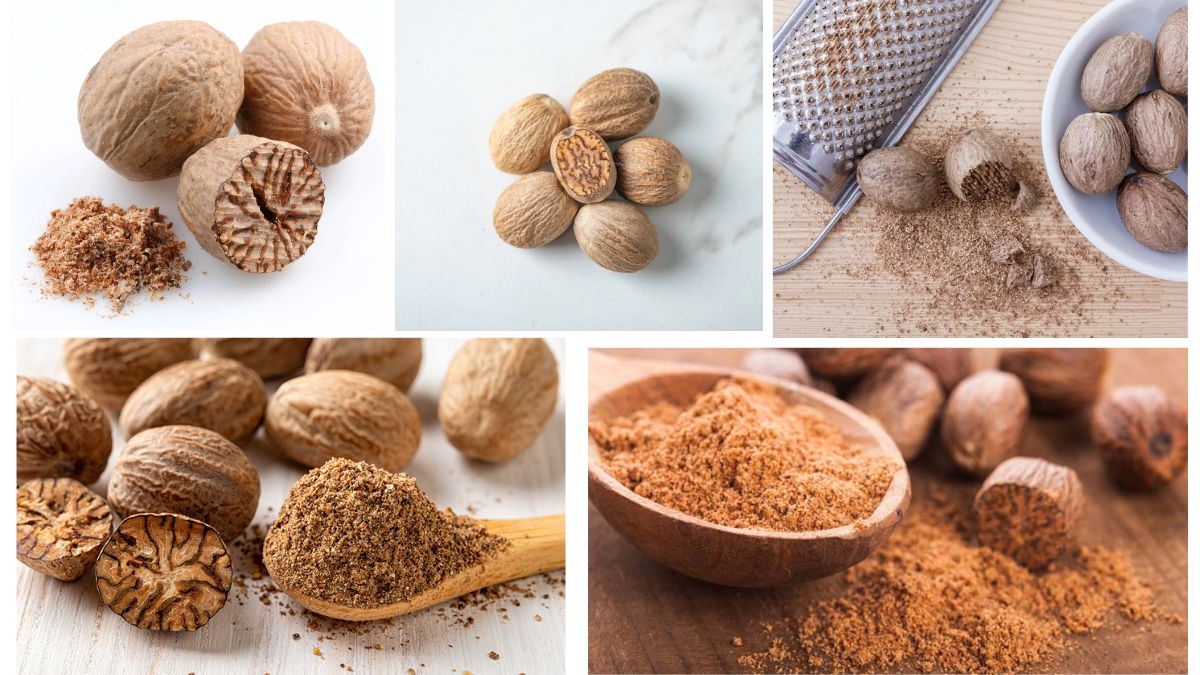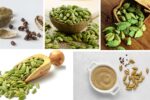Nutmeg is one of the most aromatic and flavorful spices used around the globe. Known for its warm, slightly sweet flavor, nutmeg is essential in both savory and sweet dishes and is a staple in global cuisines—from Indian curries to European desserts. Beyond culinary uses, nutmeg also plays a role in traditional medicine and cosmetics, making it a highly valued spice in international trade. But have you ever wondered which country leads the world in nutmeg production? Let’s explore the answer in detail.
Introduction to Nutmeg

Nutmeg is derived from the seed of the Myristica fragrans tree, an evergreen native to the Banda Islands in Indonesia, historically referred to as the “Spice Islands.” The spice is made by drying the kernel of the seed, while another spice, mace, is derived from the red lacy covering of the seed.
Nutmeg cultivation requires tropical conditions, including a warm, humid climate, abundant rainfall, and fertile, well-drained soil. It takes around 7-8 years for a nutmeg tree to start bearing fruit, and full productivity is achieved after about 15-20 years.
Global Production of Nutmeg: An Overview

The global nutmeg market is relatively niche compared to other major spices, but it is incredibly valuable. Countries such as Indonesia, India, Grenada, Sri Lanka, and Papua New Guinea are known for their nutmeg cultivation. However, one country clearly stands out from the rest.
Indonesia: The World’s Largest Nutmeg Producer
Dominating Global Production
Indonesia is by far the largest producer of nutmeg in the world, contributing over 75% of the global supply. The country produces more than 40,000 metric tons annually, making it the undisputed leader in the industry.
Indonesia’s dominance in nutmeg production stems from its favorable growing conditions, centuries-old farming traditions, and its native status as the origin of nutmeg trees. The Banda Islands in the Maluku Province (formerly known as the Moluccas) were once the only source of nutmeg in the world and were central to the spice trade for centuries.
Major Growing Regions
Key nutmeg-producing regions in Indonesia include:
- Maluku Islands (especially the Banda Islands)
- North Sulawesi
- Papua
- West Papua
Farmers in these regions cultivate nutmeg on smallholder farms, with much of the work done manually. This traditional method ensures high-quality output that meets both local and international standards.
Export and Economic Impact
Indonesia exports nutmeg to countries across the globe, including the United States, Germany, the Netherlands, India, and the UAE. The spice industry, especially nutmeg, plays a significant role in the economy of Maluku Province and helps sustain the livelihoods of thousands of smallholder farmers.
Grenada: The Second-Largest Producer

While Indonesia is the global leader, the Caribbean island of Grenada holds the second position in nutmeg production. Known as the “Isle of Spice,” Grenada contributes around 20% of the global nutmeg supply.
Grenadian nutmeg is prized for its distinctive aroma and is a critical export commodity for the nation. Although production declined due to Hurricane Ivan in 2004, efforts to rejuvenate the industry have seen gradual improvements.
Other Nutmeg-Producing Countries
Besides Indonesia and Grenada, several other countries contribute to the global nutmeg supply, including:
- India: Particularly in Kerala, Karnataka, and Tamil Nadu, nutmeg is grown on a smaller scale but has high domestic demand.
- Sri Lanka: Produces both nutmeg and mace and exports a portion to global markets.
- Papua New Guinea: Has climatic conditions similar to Indonesia and contributes to the regional spice trade.
- Malaysia and Madagascar: Emerging players with moderate production levels.
Factors Behind Indonesia’s Leadership

Several factors contribute to Indonesia’s unparalleled dominance in nutmeg production:
1. Native Habitat
Indonesia is the original home of Myristica fragrans, which gives it a natural advantage. The trees thrive in their native soil and climate.
2. Ideal Climate and Geography
The tropical climate, rich volcanic soil, and ample rainfall in the Maluku Islands and surrounding regions are perfect for cultivating nutmeg.
3. Historical and Cultural Significance
Centuries of spice cultivation and trading history have given Indonesian farmers expertise and a deep-rooted cultural connection to nutmeg farming.
4. Large-scale Smallholder Farming
Unlike large commercial plantations, nutmeg in Indonesia is largely grown by small-scale farmers, ensuring sustainable and careful farming practices.
Challenges Facing Nutmeg Production

Despite its strengths, nutmeg production in Indonesia and other regions faces several challenges:
1. Climate Change
Changing rainfall patterns and rising temperatures can affect nutmeg yields and increase the prevalence of plant diseases.
2. Pests and Diseases
Nutmeg trees are vulnerable to fungal infections, root rot, and pests like stem borers, which can reduce productivity.
3. Market Volatility
Global spice markets are subject to price fluctuations, which can impact the incomes of small farmers.
4. Aging Trees
Many nutmeg trees in Indonesia are decades old, and replanting is necessary to maintain consistent yields.
The Future of Nutmeg Production
To sustain its leadership, Indonesia is investing in agricultural education, organic farming practices, and export quality control. Organizations and cooperatives are helping farmers modernize their practices while maintaining traditional knowledge.
There is also growing demand for organic and fair-trade nutmeg, opening opportunities for Indonesia and other countries to capture value-added markets.
Moreover, nutmeg is gaining popularity in the health and wellness industry due to its anti-inflammatory, antimicrobial, and antioxidant properties. This is likely to drive further growth in production and exports.
Conclusion
When it comes to nutmeg, Indonesia reigns supreme. With over three-quarters of the world’s production, it is not just the largest nutmeg producer but also the most historically and culturally significant region for the spice. Supported by its natural environment, deep-rooted farming traditions, and global demand, Indonesia’s dominance in nutmeg production is likely to continue well into the future.
Whether used in a holiday dessert or as an ingredient in Ayurvedic medicine, every pinch of nutmeg tells a story—a story that often begins in the lush, spice-rich islands of Indonesia.



